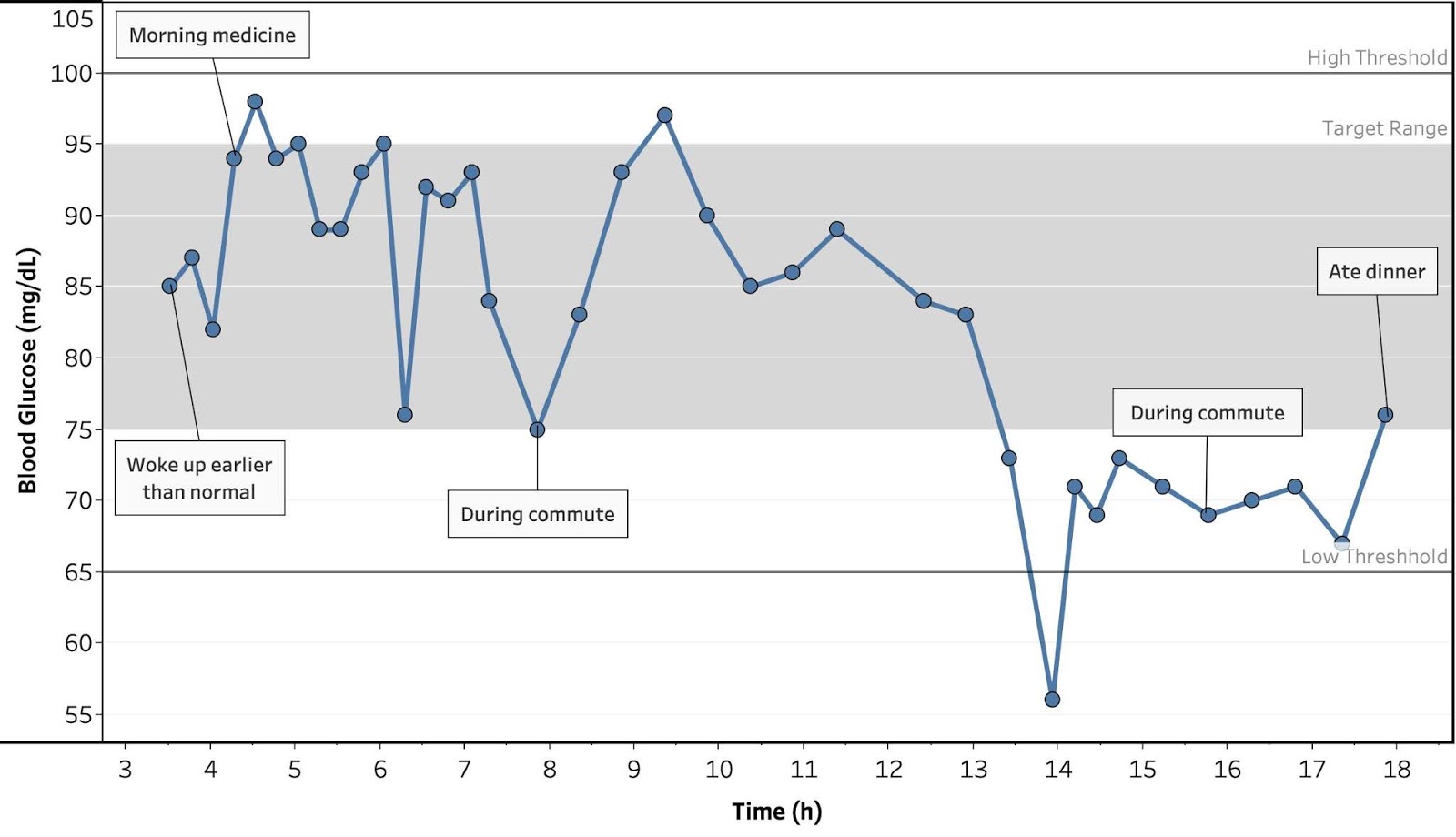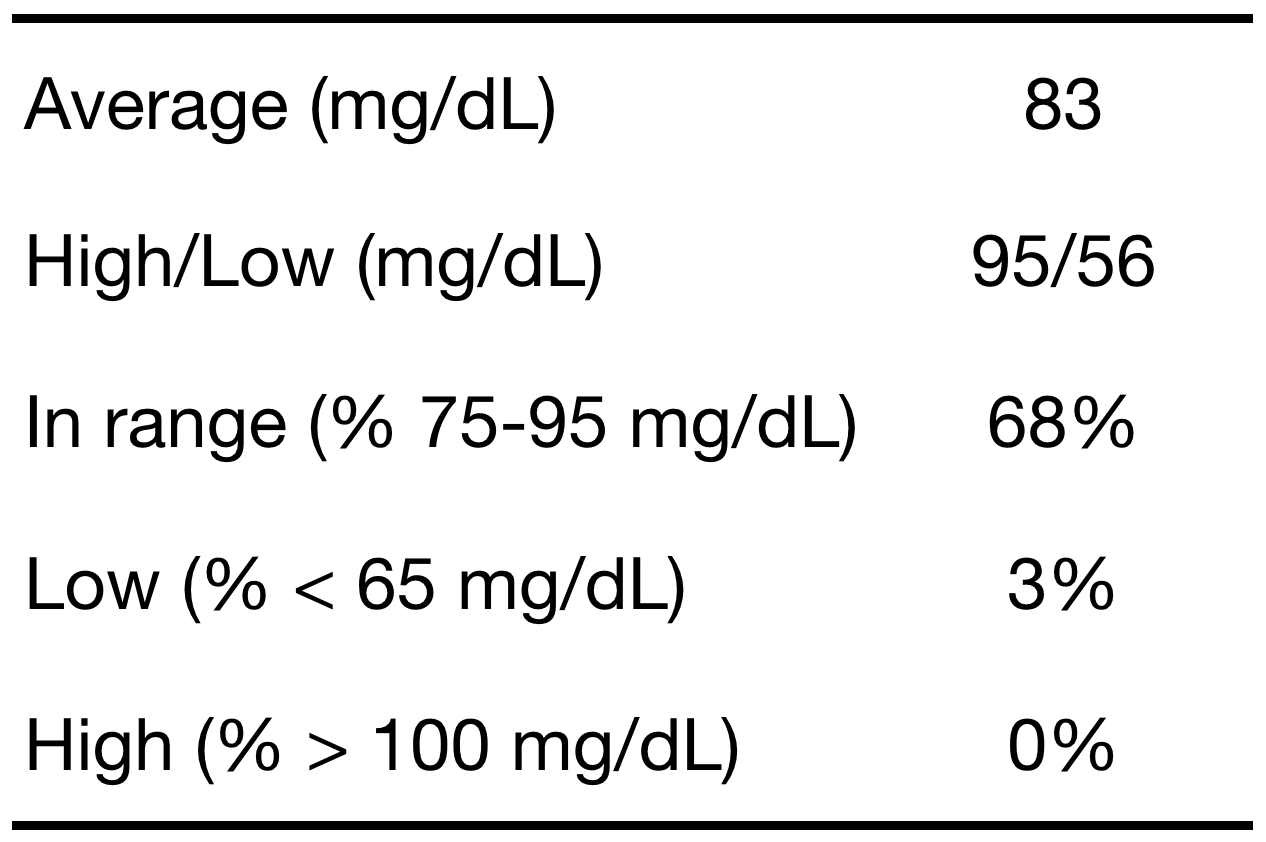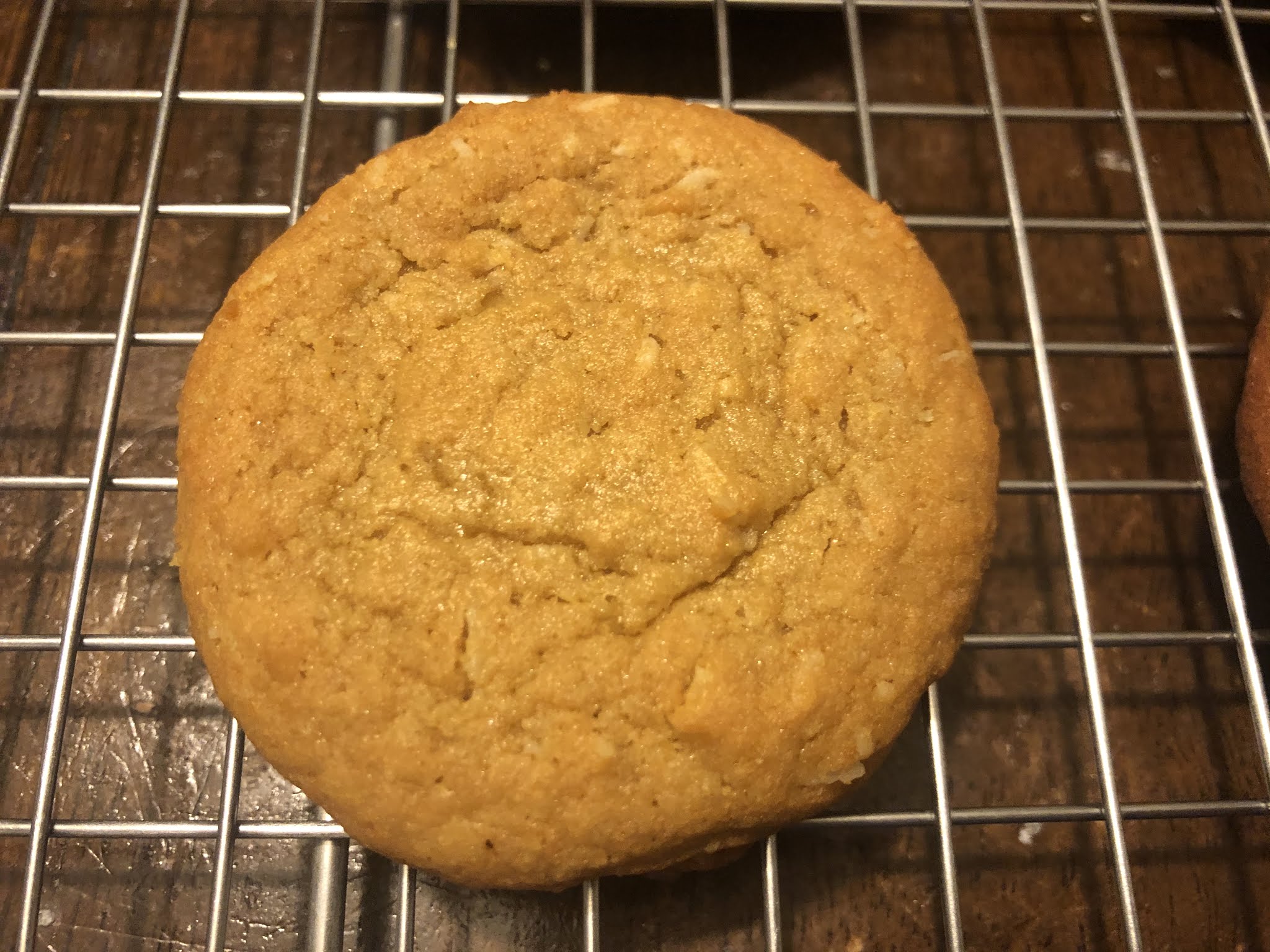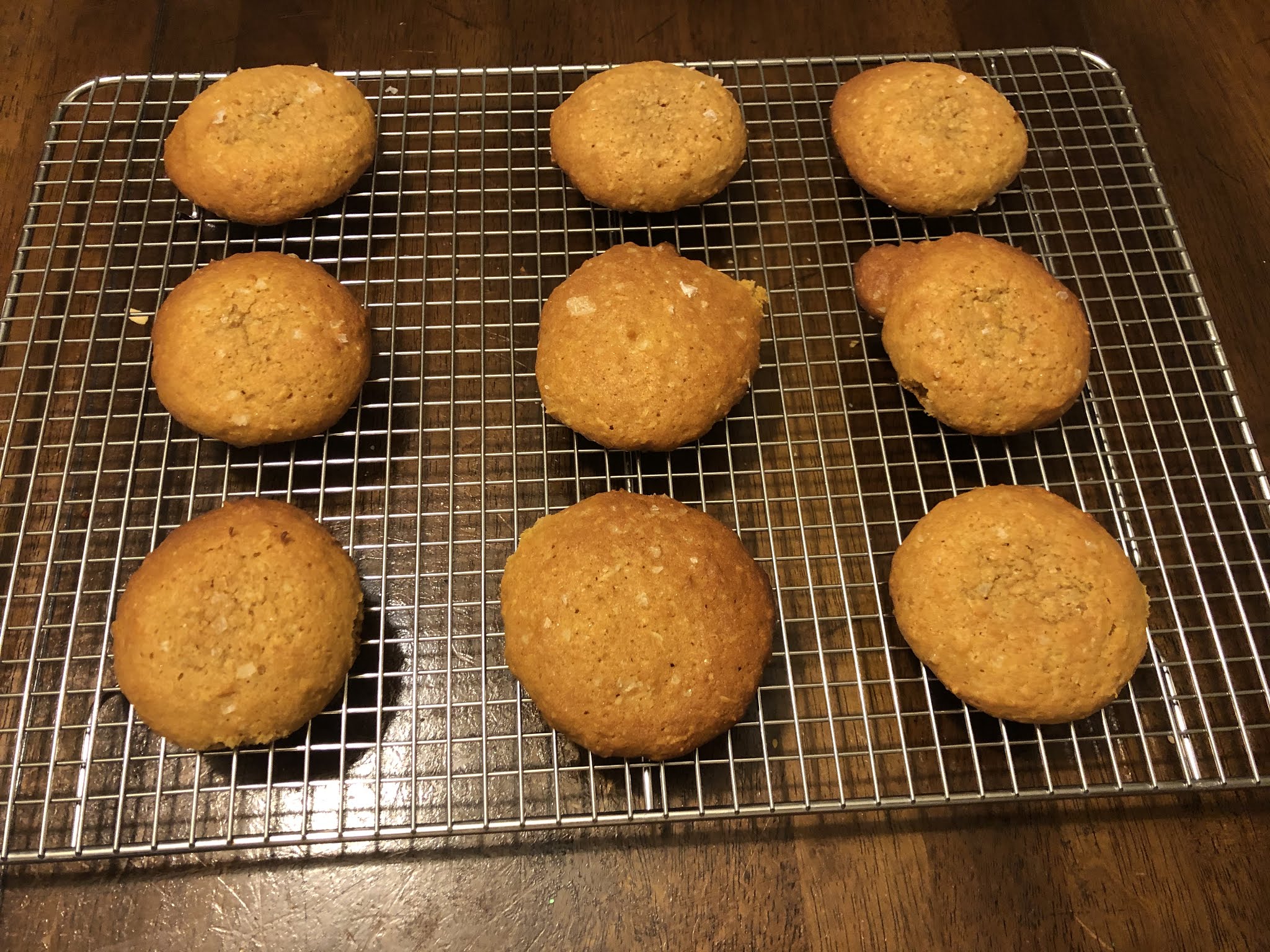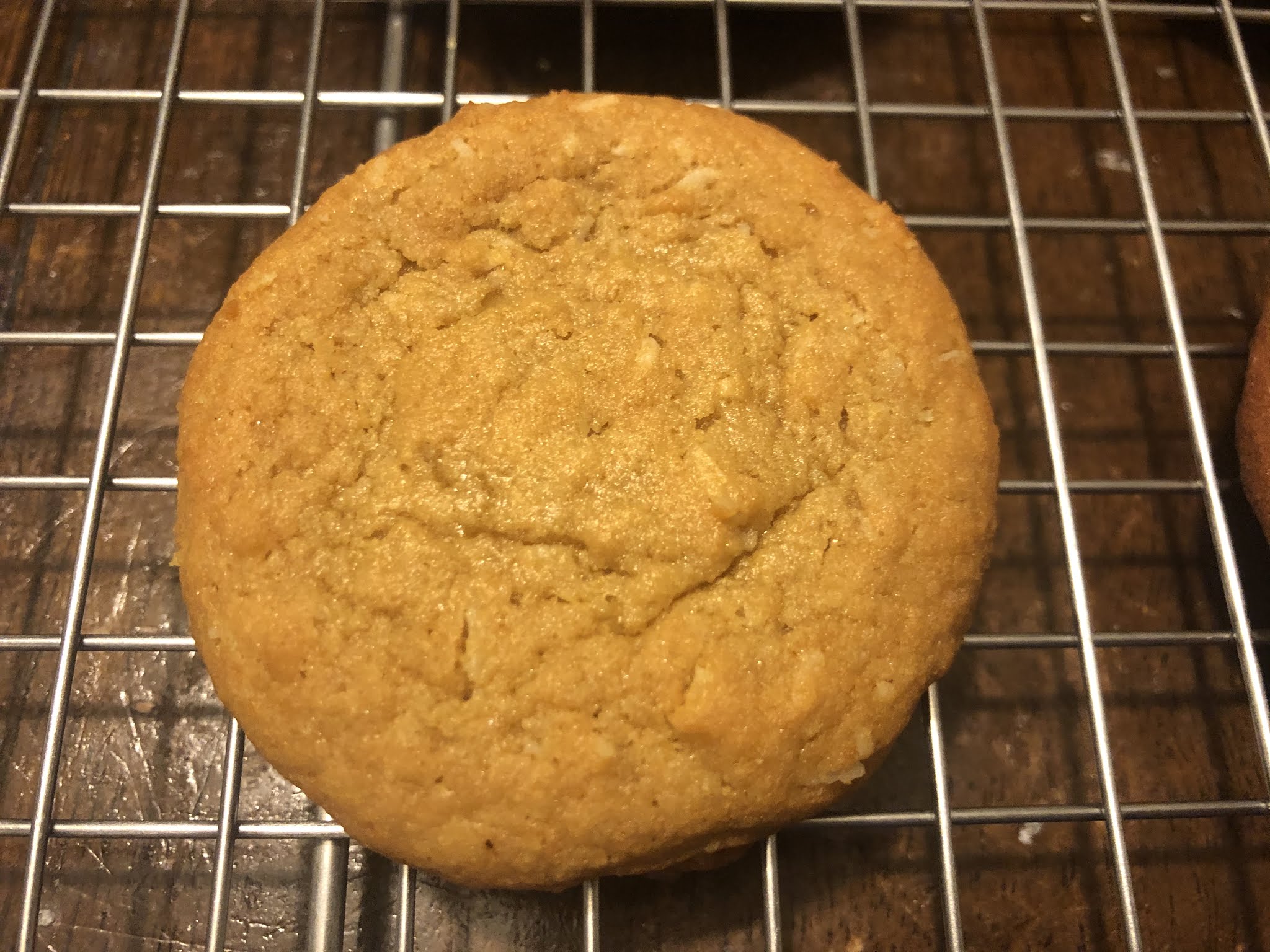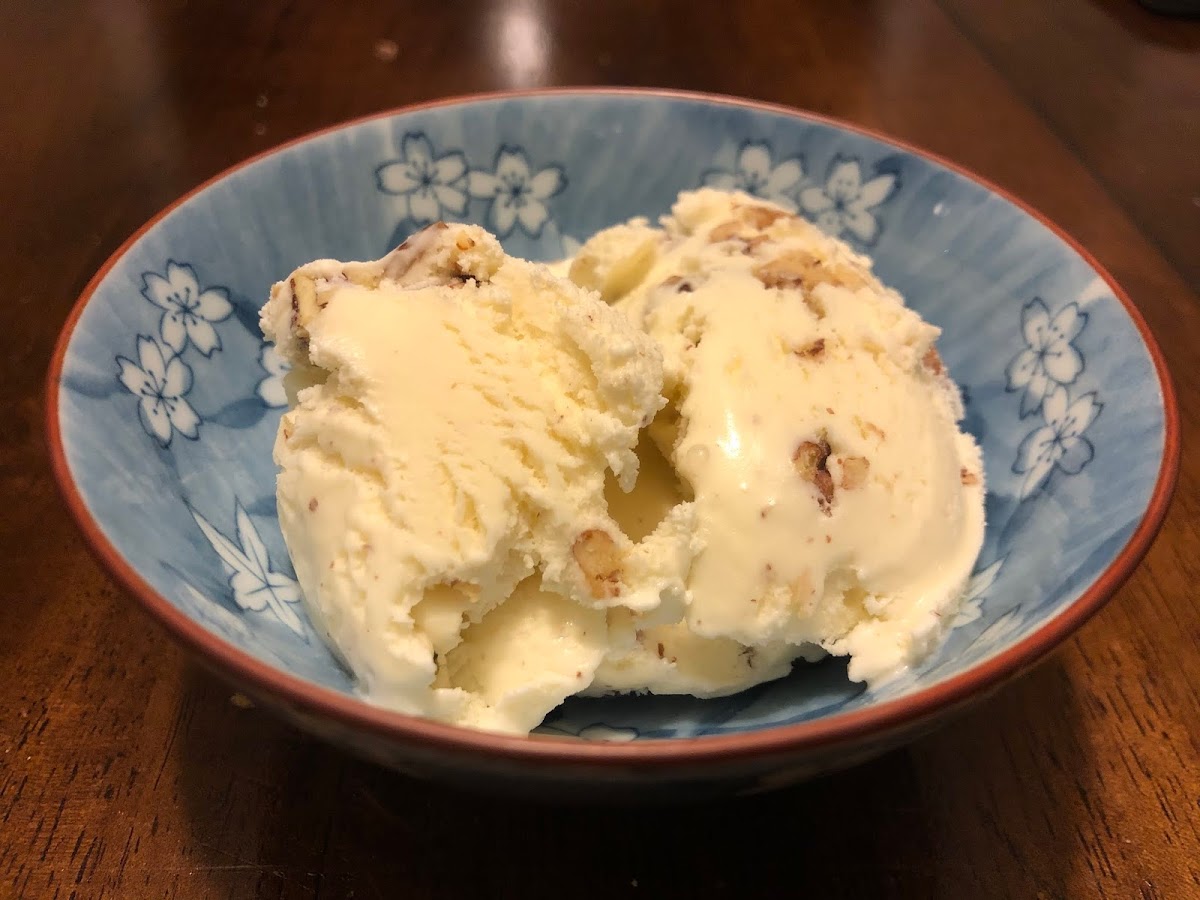Get new posts by email or rss feed
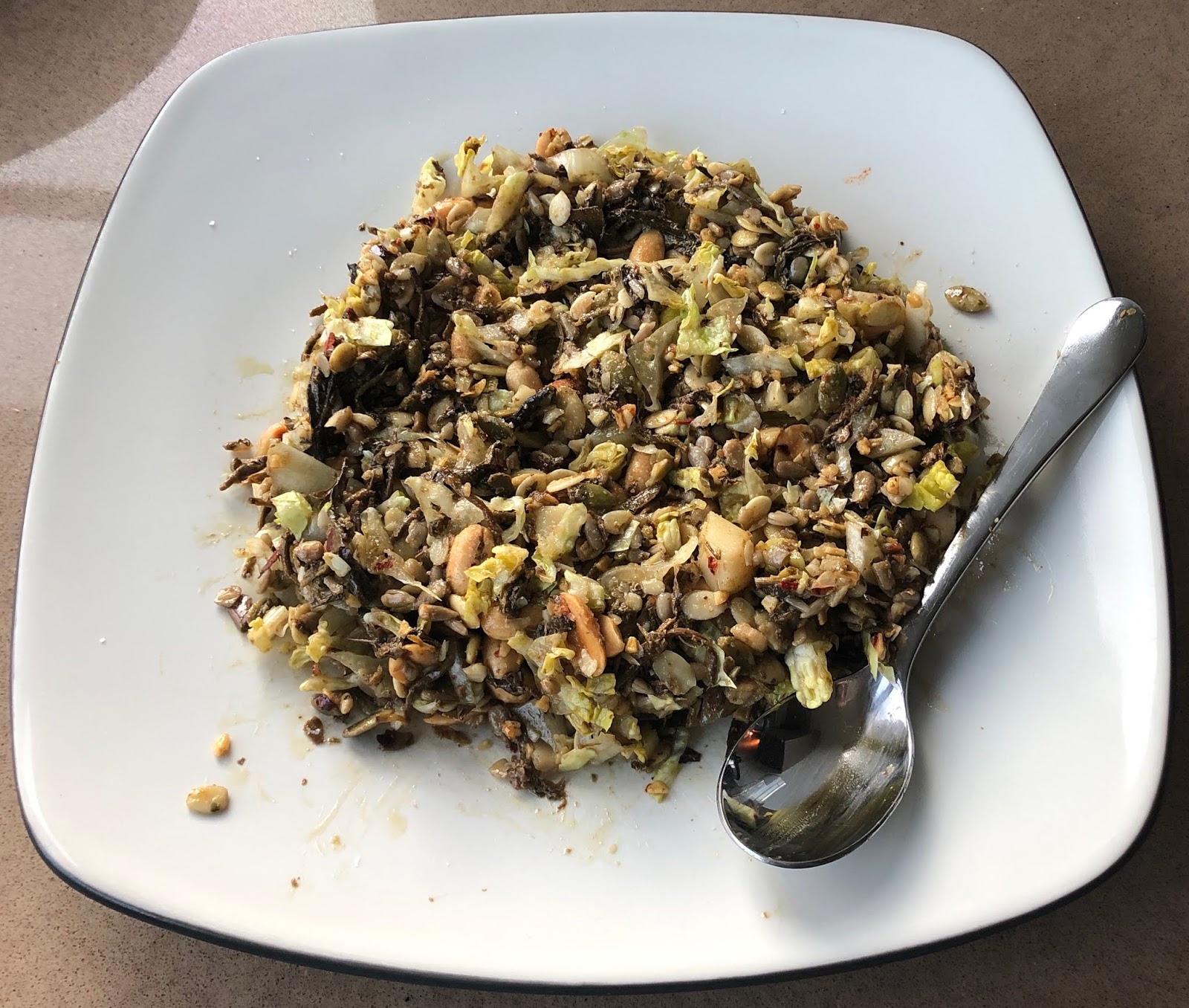
All my recipes so far have been desserts or snacks, so I thought I’d share my favorite dinner recipe, Burmese Tea Leaf salad. It’s got a fantastic umami flavor from the tea leaves, fish sauce, and nuts, with a great combination of crunchy textures from the nuts, lettuce, and garlic.
I adapted this recipe from Burma Superstar, a great Burmese restaurant where I live. I’ve always loved their Tea Leaf salad, but it has dried lentils and tomatoes, which makes too high in carbs for anything other than a once-in-a-while cheat meal.
The restaurant has a cookbook with the recipe, but when I tried to reproduce it, it didn’t taste nearly as good as what I get at the restaurant. Fortunately, I discovered that when you order the salad to go, the put the ingredients separately in a box for you to mix together yourself. I got a box and weighed out the individual ingredients.
From there, over several tries, I made the following modifications:
- Removed the tomatoes and lentils to reduce carbs.
- Increased the amount of nuts from 100 to 130 g to increase calories.
- Changed the nut mix to ones I like better (I actually vary this based on my mood)
- Replaced the sliced jalapeño with red pepper flakes for convenience.
- Replaced garlic chips with fried minced garlic to reduce cost.
- Use pre-seasoned fermented tea leaves for convenience.
- Added flaky sea salt as a garnish to give an additional crunchy texture.
This recipe is extremely customizable. You can modify the seasonings or nut mix to whatever you like. I use whatever nuts I’m in the mood for and often swap out the red pepper and fish sauce for other spices. You can also tune the calories up or down by using more or less nuts.
A note on macros: A lot of tea leaf containers claim very high carb content (e.g. 16g per tbsp.). From testing my blood sugar, this is not correct. I only need an extra 0.5u of insulin when I eat this compared with my normal dinner (300g meat, 150g low-carb vegetable), which suggests the net carbs from the 85g of tea leaves can’t be more than ~5 g).
Hope you enjoy it!
– QD

Low-carb Adaptiation of Burma Superstar’s Tea Leaf Salad
Ingredients
Nut Mix (original)
- 100 g peanuts, roasted & salted
- 100 g sunflower seeds, roasted & salted
- 100 g sesame seeds, roasted & salted
- 100 g pumkin seeds, roasted & salted
- 40 g fried garlic
Nut Mix (my favorite variation)
- 200 g mixed sprouted seeds
- 100 g macadamia nuts, chopped
- 100 g peanuts, roasted & salted
- 40 g fried garlic
Salad
- 130 g nut mix
- 0.5 tsp red pepper flake
- 100 g hearts of romaine lettuce, chopped thin
- 85 g fermented tea leaves (I use a brand from my local supermarket, but the linked brand is good too)
- 0.25 tsp shrimp powder (optional)
- 1 tbsp lemon juice
- 1 tsp fish sauce (Red Boat is the only brand I've found that doesn't have added sugar; tastes good too)
- flaky sea salt to taste
Instructions
- Mix together nuts and garlic. This can be done in a large batch and stored for use for multiple salads or other dishes.
- Combine all ingredients except for salt in a medium bowl and let sit for 5-10 min. This mellows the flavor of the garlic chips.
- Add salt right and serve (if you add salt too early, it will dissolve and you won’t get the crunchy texture).
